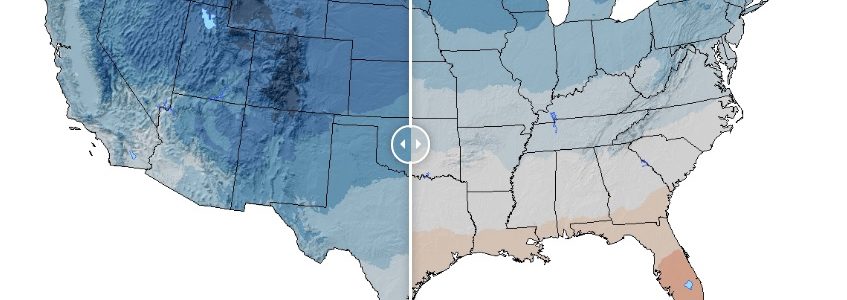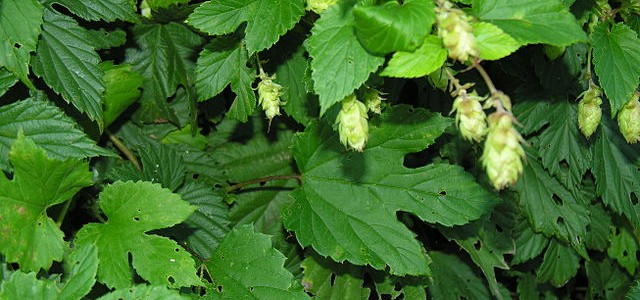Pam Knox
-

NOAA has put their updated climate atlas online. You can read about it and try it out at https://www.ncdc.noaa.gov/climateatlas/. In addition to average values of temperature and precipitation, it also has maps of individual years. It also has a nifty slider feature that allows you to compare maps. Check it out!
Posted in: Sources of weather and climate data -

Eastern Washington State is one of the premier growing regions for sweet cherries in the world, possessing both good soils and climate. But cherries have weather vulnerabilities that can cause severe loss of fruit. While frost is not an issue this year, rain just before harvest begins can cause a degradation in the fruit, causing…
-

The Climate Learning Network recently hosted an hour-long webinar by Dr. Marshall Shepherd of UGA on the basics of climate change science. It is now available on demand for viewing at https://www.climatewebinars.net/webinars/climate-change-science-101-for-land-grant-university-administrators/?searchterm=shepherd. I haven’t watched it yet myself, but Dr. Shepherd is usually an engaging speaker who brings in a lot of current information at an…
-

The National Center for Atmospheric Research and the US Department of Agriculture are hosting a joint workshop in Boulder CO on July 12-15 on climate change, global food security and the US food system. Applications are due by June 1. If you are selected, you will receive travel support and per diem. You can read…
Posted in: Events -

Hops are one of the primary ingredients for making beer. The best climate for growing them is found in the Pacific Northwest and in similar climates. But with a great increase in the demand for craft beer, brewers are looking for new sources of hops, and some farmers in the Southeast are experimenting with trying…
-

Jon Erdman wrote a piece in WunderBlog about Florida’s decade-long hurricane drought. It’s been over ten years since a hurricane made landfall anywhere in the state. You can read it here. With this year likely to bring a La Niña to the tropics, the chances of a hurricane in the Atlantic go up. But we…
-

Even though the extensive forest fires that have been occurring in Fort McMurray, Alberta, seem far away, they have caused impacts here in the Southeast. Here are some stories discussing the links between the fires and climate as well as implications for the Southeast. NASA’ s Earth Observatory posted a striking image of the smoke…